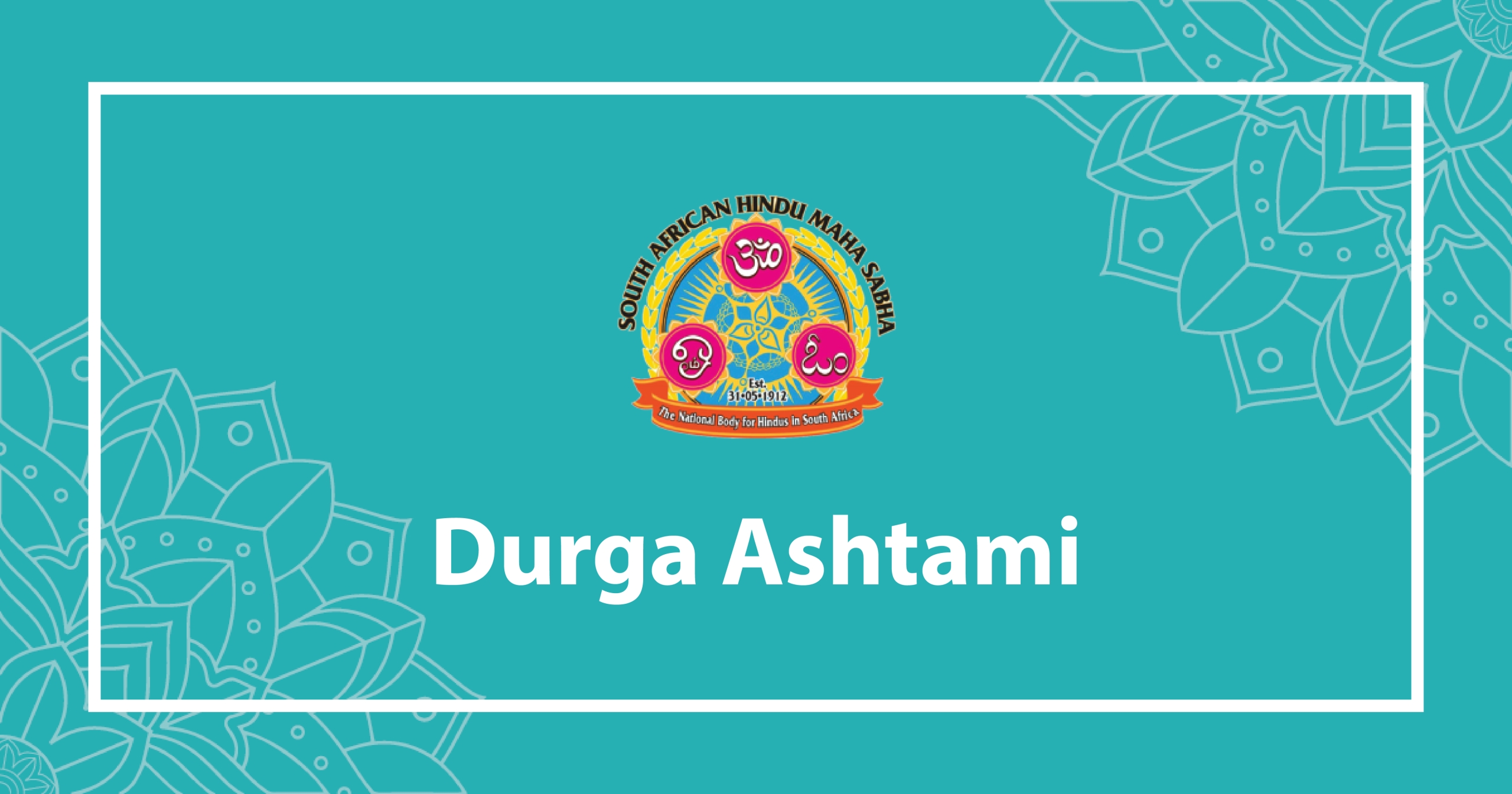
Durga Ashtami Date and Festival Meaning
English meaning of the festival
Durga Ashtami, also known as Maha Ashtami, is the eighth day of the Navaratri festival. It is a day dedicated to the worship of Goddess Durga, celebrating the victory of good over evil. The name “Durga” means “the impassable,” and she is a manifestation of divine feminine energy (Shakti).
How the date is decided annually
Durga Ashtami is the eighth day of Navaratri and falls on the eighth day (Ashtami Tithi) of the bright lunar fortnight (Shukla Paksha) of the Hindu month of Ashvina (September-October). The exact date varies each year according to the lunar calendar.
Significance of the festival to Hinduism
Durga Ashtami is a pivotal day during Navaratri, symbolising the zenith of Goddess Durga’s power. According to Hindu Dharma, it was on this day that the goddess manifested as Chamunda, a fierce form, to annihilate the demons Chanda and Munda. This act represents the destruction of negativity, ignorance, and ego. The festival underscores the triumph of righteousness and the power of the divine feminine. In many regions, it is the main day of the five-day Durga Puja festival, which commemorates the victory of Durga over the buffalo demon Mahishasura.
How to observe/practice
On Durga Ashtami, devotees observe a fast and perform a puja to honour the goddess. An important ritual is the Kanya Puja (or Kumari Puja), where young, unmarried girls are worshipped as living goddesses and offered food like halwa and puri. This tradition is based on the belief that these girls represent the shakti (energy) of Durga on Earth.





Leave A Comment